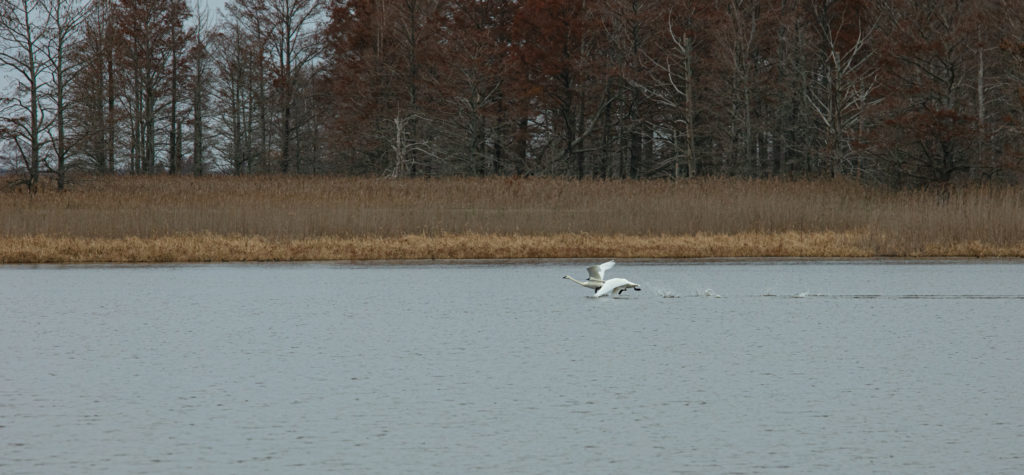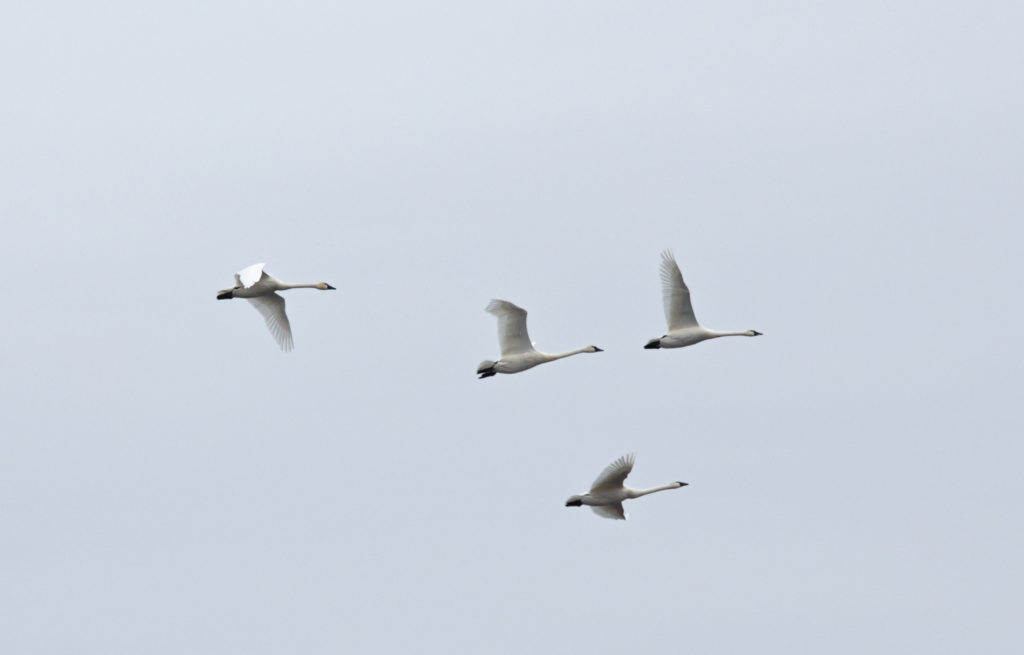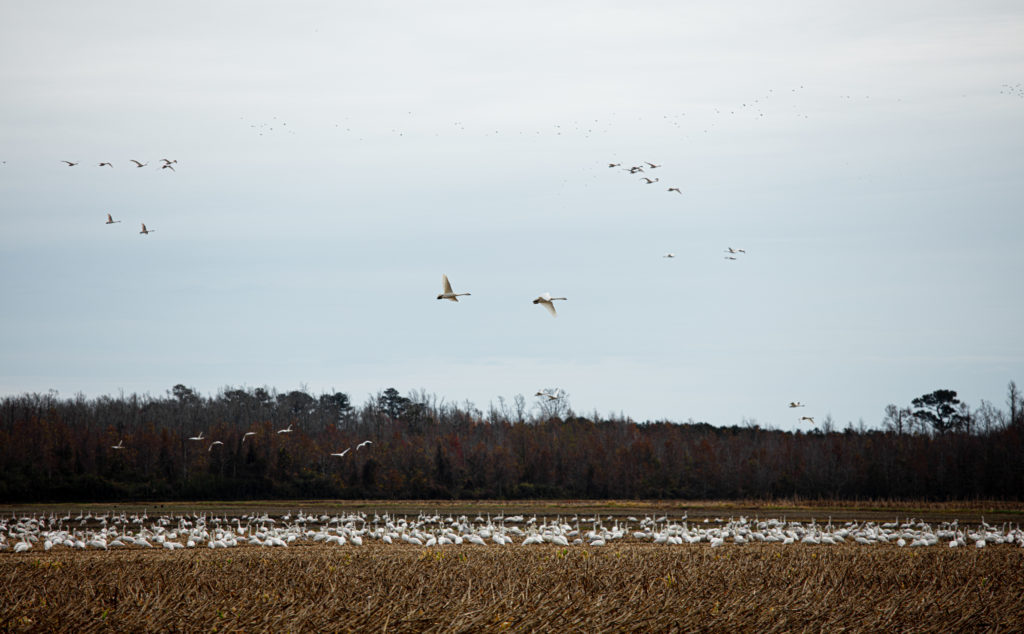One of the sweetest species of Warbler we’ve got flying around here in North Carolina is the Common Yellowthroat.
I was lucky to spot this female hunting for a meal in a marsh recently at the Lake Mattamuskeet NWR.
She was moving around so quickly that it was tough to get a photograph of her as she flew from reed to reed over the water.
Such a neat little bird!
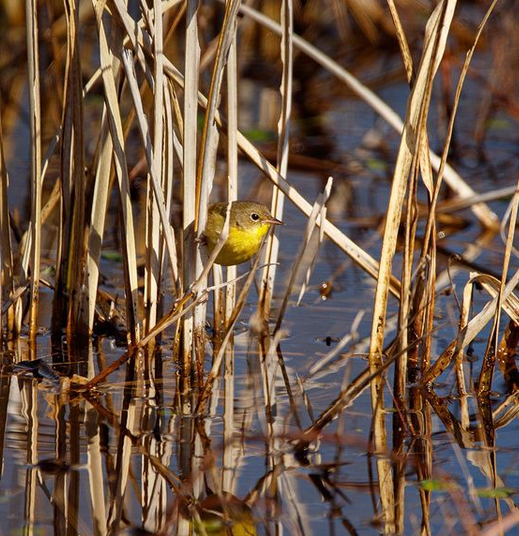

Common Yellowthroats are a year round resident of North Carolina. Though they are seen throughout the Tarheel state in the spring and summer, during the winter months you’re most likely to spot this species in our eastern coastal counties.
No matter the season they may be found in briers, damp brushy places, weeds or grasses along country roads or agricultural areas.
As seen in this series of photos from Lake Mattamuskeet, Common Yellowthroats are also found stalking insects in cattails, bulrushes, sedges, and willows by streamsides, ponds, swamps, both in freshwater, and salt-water marshes.
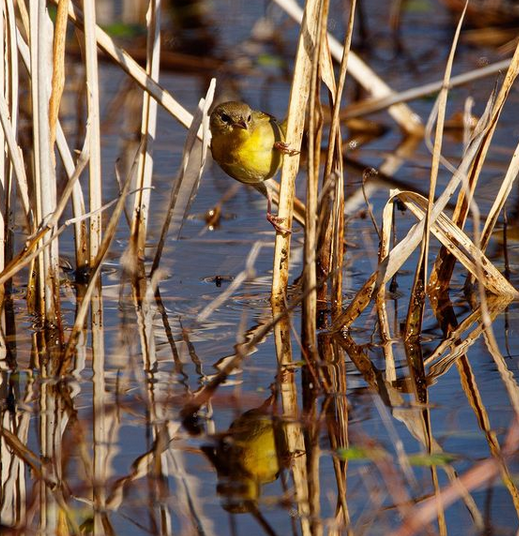
It was neat to spend time with this female. I haven’t much of an opportunity to do so in the past as I’ve found them to be much shyer than the males. Though they aren’t as boldly feathered as the males who sport that familiar black face mask, female Common Yellowthroats are quite a lovely sight with that pretty warm brown and yellow plumage reflecting in the sun.

Next month, Common Yellowthroats will start spreading west into the rest of North Carolina to establish their breeding territories.
They are known to nest in all 100 counties from the mountains to the coast so they should be easy to find in the spring and summer no matter where you live.
It’s not just us who get to enjoy them though!
Stretching from far north western Canada all
the way down into California and across the US into Florida, these birds have one of the widest breeding ranges in the Western Hemisphere for Warbler species.
Makes a little more sense on how these uncommonly beautiful birds earned the “common” in their name.
Photos by @sally_siko of @birdwatching_nc on the fabulous full frame @canonusa
#5Ds














